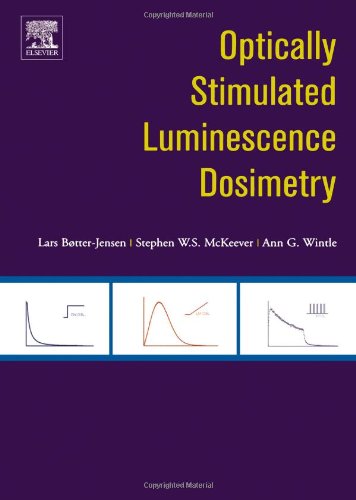

Most ebook files are in PDF format, so you can easily read them using various software such as Foxit Reader or directly on the Google Chrome browser.
Some ebook files are released by publishers in other formats such as .awz, .mobi, .epub, .fb2, etc. You may need to install specific software to read these formats on mobile/PC, such as Calibre.
Please read the tutorial at this link: https://ebookbell.com/faq
We offer FREE conversion to the popular formats you request; however, this may take some time. Therefore, right after payment, please email us, and we will try to provide the service as quickly as possible.
For some exceptional file formats or broken links (if any), please refrain from opening any disputes. Instead, email us first, and we will try to assist within a maximum of 6 hours.
EbookBell Team

0.0
0 reviewsThe book is designed for researchers and radiation dosimetry practitioners alike. It delves into the detailed theory of the process from the point of view of stimulated relaxation phenomena, describing the energy storage and release processes phenomenologically and developing detailed mathematical descriptions to enable a quantitative understanding of the observed phenomena. The various stimulation modes (continuous wave, pulsed, or linear modulation) are introduced and compared. The properties of the most important synthetic OSL materials beginning with the dominant carbon-doped Al2O3, and moving through discussions of other, less-well studied but nevertheless important, or potentially important, materials. The OSL properties of the two most important natural OSL dosimetry material types, namely quartz and feldspars are discussed in depth. The applications chapters deal with the use of OSL in personal, environmental, medical and UV dosimetry, geological dating and retrospective dosimetry (accident dosimetry and dating). Finally the developments in instrumentation that have occurred over the past decade or more are described.
The book will find use in those laboratories within academia, national institutes and the private sector where research and applications in radiation dosimetry using luminescence are being conducted. Potential readers include personnel involved in radiation protection practice and research, hospitals, nuclear power stations, radiation clean-up and remediation, food irradiation and materials processing, security monitoring, geological and archaeological dating, luminescence studies of minerals, etc.